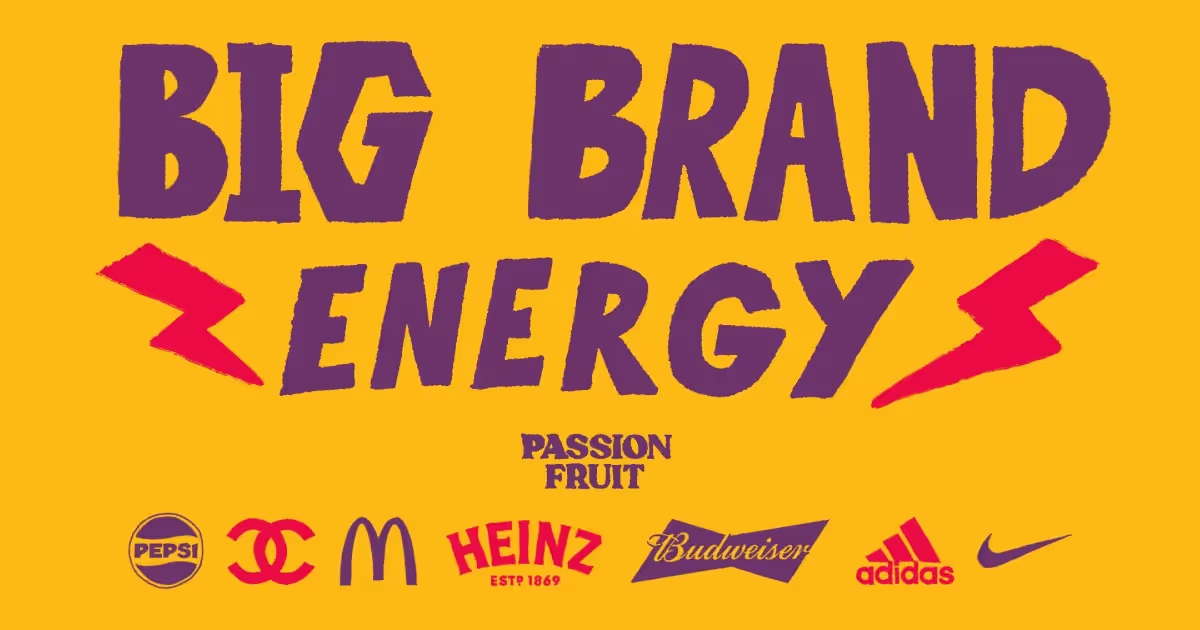The end of our not-so-summery summer is here, and routines for the back-to-school and the cold winter months are starting to take shape. Any behaviour that takes place routinely is a startup’s dream, because it allows for a subscription model. Subscriptions generate recurring revenue, allowing startups to forecast and plan with greater certainty than transactional or “per order” revenue.
One of these routines, at least in the last decade, has been centered around the meal kit revolution. Big names like Gousto and HelloFresh have led the charge, but there’s still a lot of room to grow. For instance, 9/10 people in the UK have still never had a recipe box delivered. With the vast majority of a $20bn global market still uncaptured, new contenders are emerging fast, all with lofty ambitions. But who are these new meal kit startups? And what can they do from a marketing perspective to compete with the market leaders?

The pretenders to the throne are:
- Grubby - “Get feel-good-food delivered with the UK's most loved plant-based recipe kit.”
- Tovala - “We're Tovala, a meal service for insanely busy people. We've reinvented home cooking to save you time with meals that cook themselves in our WiFi-connected smart oven.”
- Dishpatch - “Dishpatch’s meal kits are known as finish-at-home kits. Top class restaurant food is delivered to the customer’s door, with clear instructions on heating, finishing, and presenting.”
- Vegano Foods - “Vegano Foods Inc. is Canada's premier 100% plant-based meal-kit service company that operates in Vancouver and is set to expand to Toronto, Montreal, and Los Angeles later this year.”
- Thistle - “Healthy, organic, plant-based meals and cold-pressed juices. Meal delivery across California and Nevada.”
- Mindful Chef - “The healthy alternative. Say goodbye to stodgy carbs and stodgy meals. Healthy eating doesn’t have to be hard, bland or leave you hungry. Try your 1st box today.”
- All Plants - “Healthy plant-based meals delivered so you can fill your freezer with delicious, chef-made dishes that are ready when you are."
- On The Table - “On The Table, founded by a group of high-end street food veterans, is the first meal kit provider to offer cryptocurrency payments for its organic meal kit offering.”
- NÜTY - “For the first time in India, you can experience the freshness and flavor of home-cooked meals combined with the convenience of ready-to-eat.”
Life after lockdown for meal kits
Off the back of incredible 100%+ year on year growth for the likes of HelloFresh and Gousto, meal kit founders and their investors are licking their lips. As more employees refuse to go back to five days a week in the office, the home is fast becoming the new battleground to win a greater share of consumers' wallets. What’s more, new research points to the fact that 12% of all adults that haven’t tried a recipe box already are considering doing so in the next 12 months. Intent and opportunity are converging already: in theory these companies simply need to provide the means.
Yet CV-19 and its resulting lockdown has not solved every piece of the meal kit puzzle. An article written in Eater in February 2019, just weeks before the first lockdown, pointed to the fact that prohibitive prices and environmental concerns (“every ingredient is packaged separately, resulting in absurdities like a single scallion arriving in its own plastic bag”) were dissuading customers to stick around beyond free trials.
It’s possible that an increased propensity to money at home vs out of home, along with a renewed commitment from the providers to provide eco-friendly packaging, can mitigate these issues; which are well summed up in this recent Reddit thread on Gousto. What’s less straightforward is the customer retention problem, where meal boxes work well for newbie cooks but, as the Eater article puts it, once “subscribers grow more confident in their abilities to saute and figure out which ingredients complement one another, they inevitably cancel.”
Data from a few years back paints a stark picture of the retention difficulties that leading meal kit providers face, in comparison to other leading subscription players like Netflix or Dollar Shave Club.

Growing beyond a flash in the pandemic
Strong tailwinds will be pushing these new companies forward, but there are nonetheless issues core to the business proposition which are holding mature players back. In that gap between starting out and scaling, product and marketing teams at these startups need to work together to carve out a new position in the minds of their customers.
Here are a few practical ways they can forge ahead:
1. Narrow initial focus to one geography or user persona
On my way back from Sunday league football in London, it became clear Grubby have been following the Gorillas model: with a highly localised approach to performance marketing (billboards as well as programmatic) around the Essex Road and Hackney area. Demographics are helpful, psychographics are better still. You could dive deeper than location: instead of talking about “healthy”, why not say “built for athletes”?
Consumer products like cereals, energy bars, pastas and the like have had huge success by repositioning themselves to suit the needs of people who are performance minded. That’s just one approach, but getting granular with you GTM will build strong social and reputational network effects.
2. Address the elephant in the room: price
Supermarkets like Lidl and Aldi have mastered the art of making cheap food feel cheerful. Admittedly the unit economics could get a little tight, but given that 63% of Americans won’t consider a food kit because of price, one way to make inroads against the incumbents would be to make their service, at least in part, work for consumers earning under $50,000/yr.
Executives at companies at Blue Apron are adamant their service “isn't necessarily the right solution for every audience”. As Peloton has shown recently, with its move to reduce the price of its bicycles and introducing payment plans, broadening your target market if you want to justify top-tier valuations is inevitable, so why not start there?
3. Celebrate Food at a Cultural Level
Gousto pulled off a blinder with its 1 million meals initiative last year - “the UK’s largest virtual dinner party” - and they managed it because food is embedded in our cultural conversation; note the success of Chef’s Table, Masterchef and GBBO. For one of these startups there’s a smart content partnership to be made with a MOB Kitchen or a relevant influencer to play a greater role in the conversation around food.
Creating content then amplifying it by piggybacking off social accounts with existing distribution and high engagement is a fast way to reach relevant customers. The trick is getting a handle on your CAC:LTV as early as possible to ensure it works financially. If you’re struggling to make the numbers work out, try a less obvious route like accounts on Pinterest, Nextdoor or Reddit. The real cheat code here is making the content good enough that people share it organically. Remember, with content marketing, it’s not about big production budgets (lo-fi works very well), but your strategy has to be pinpoint.







